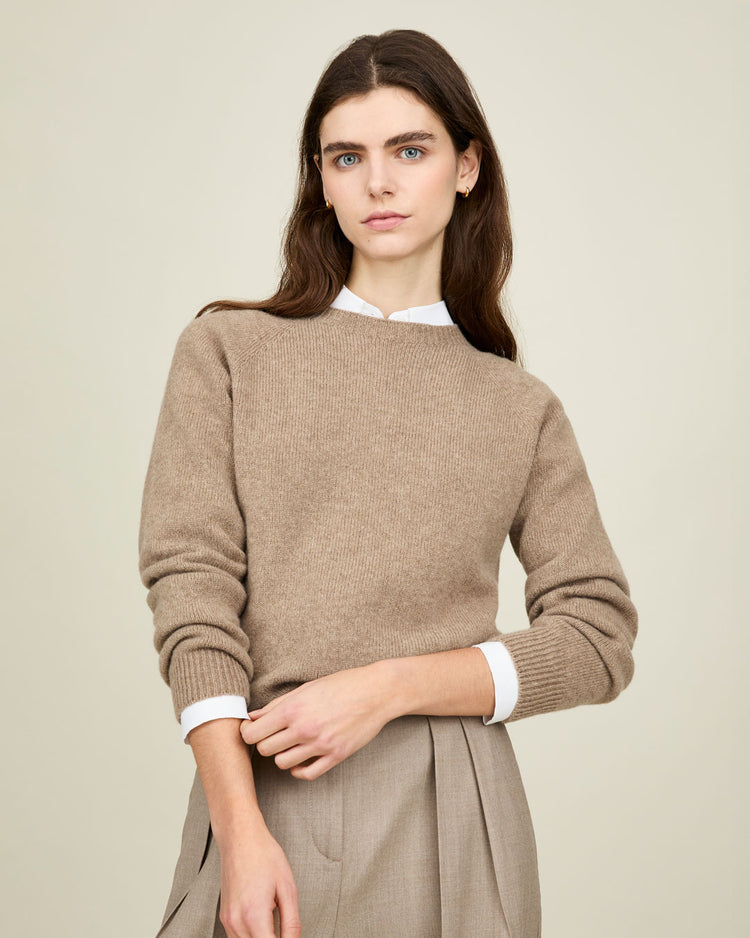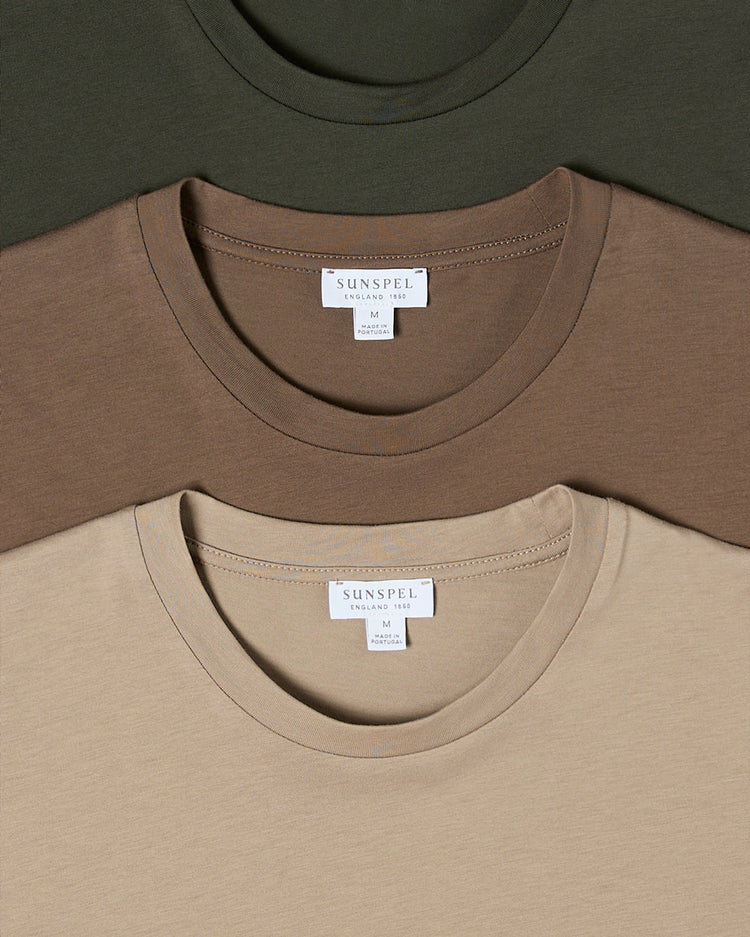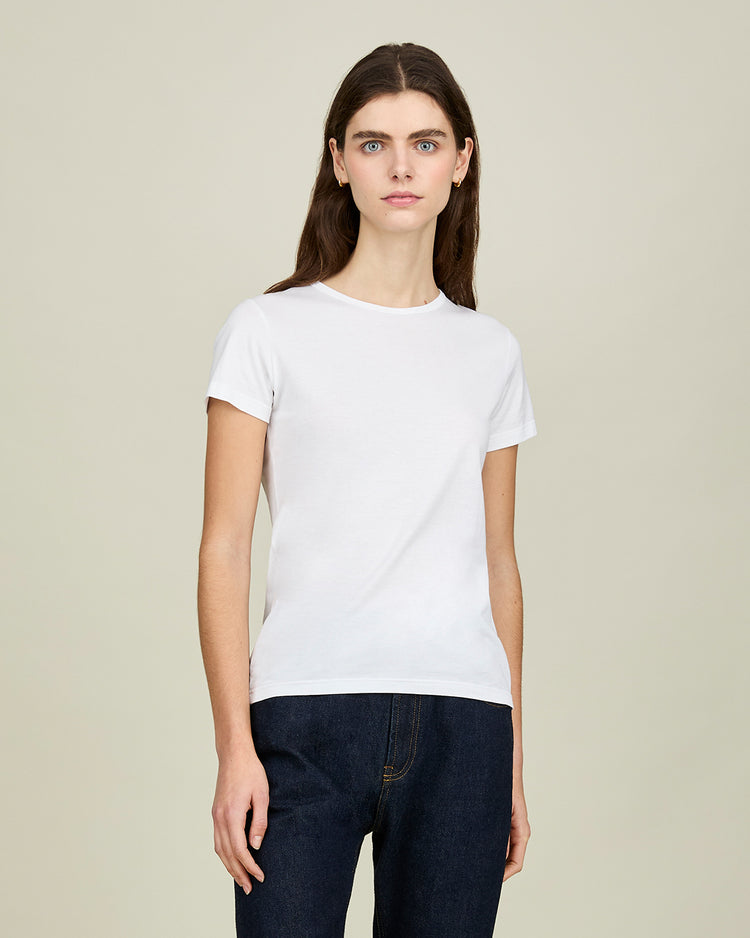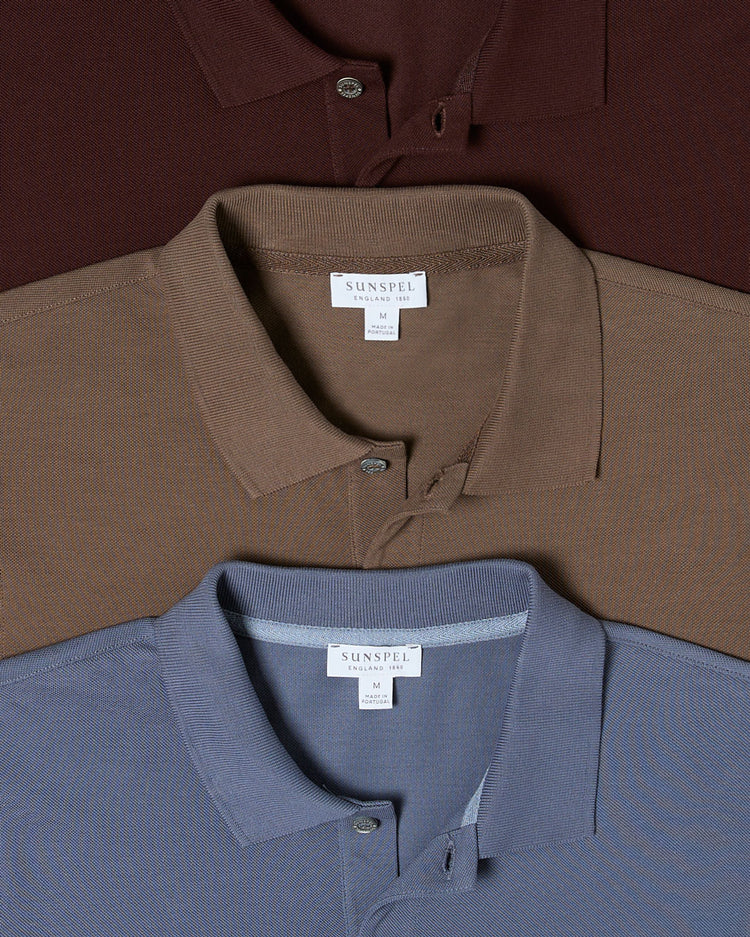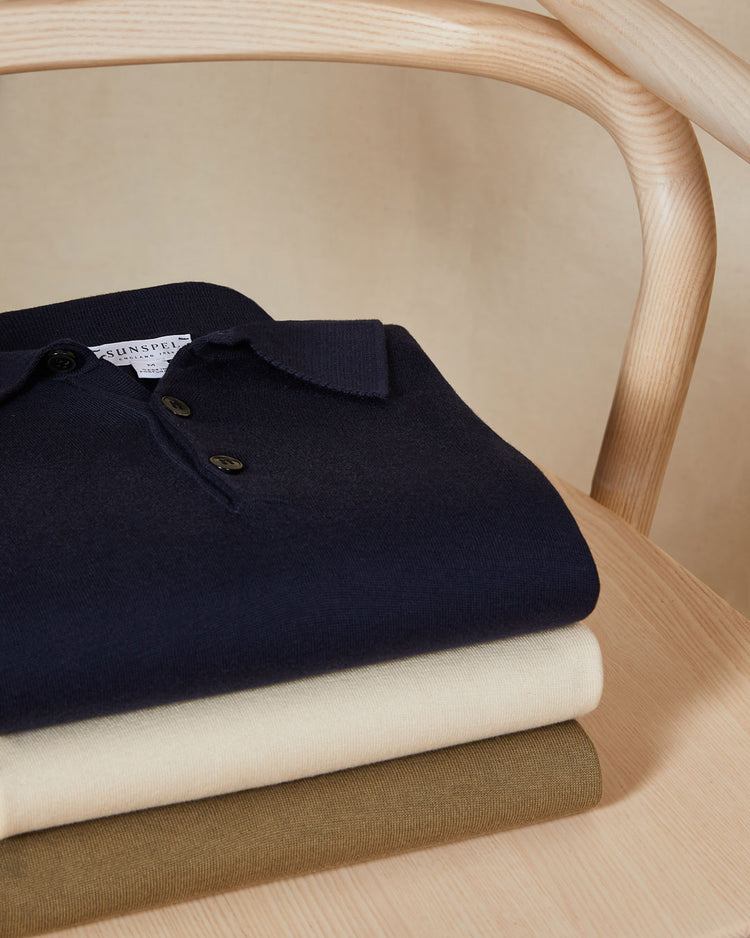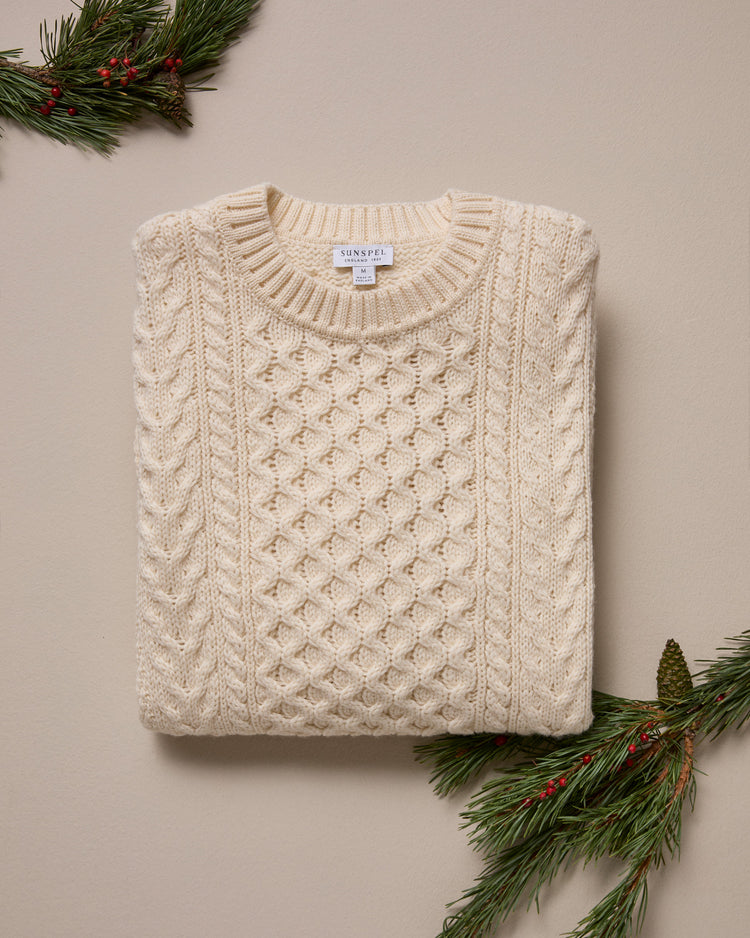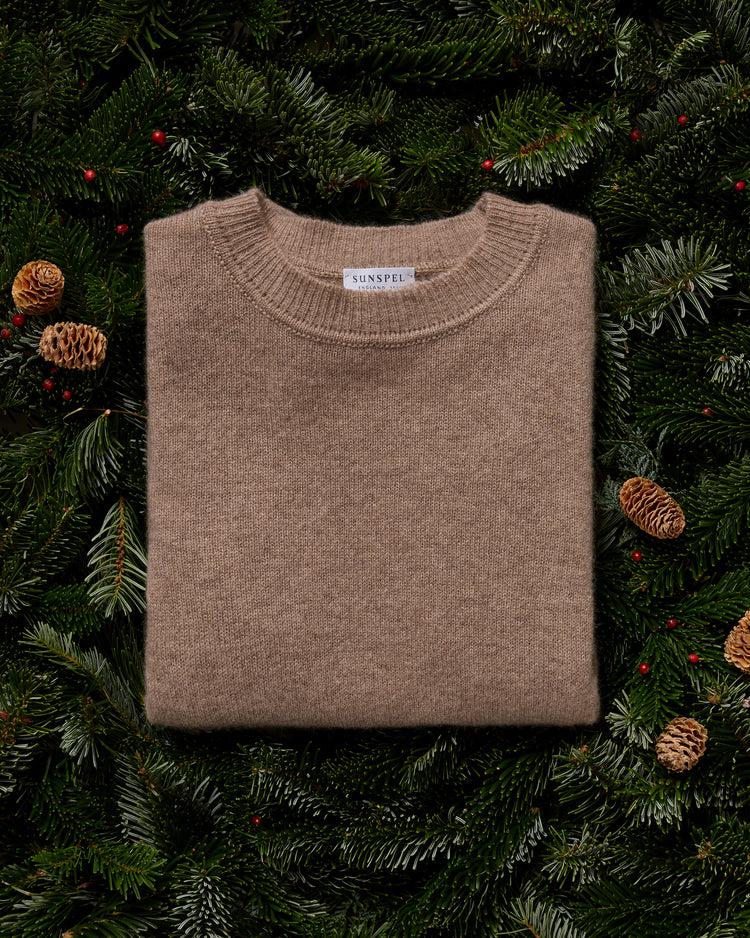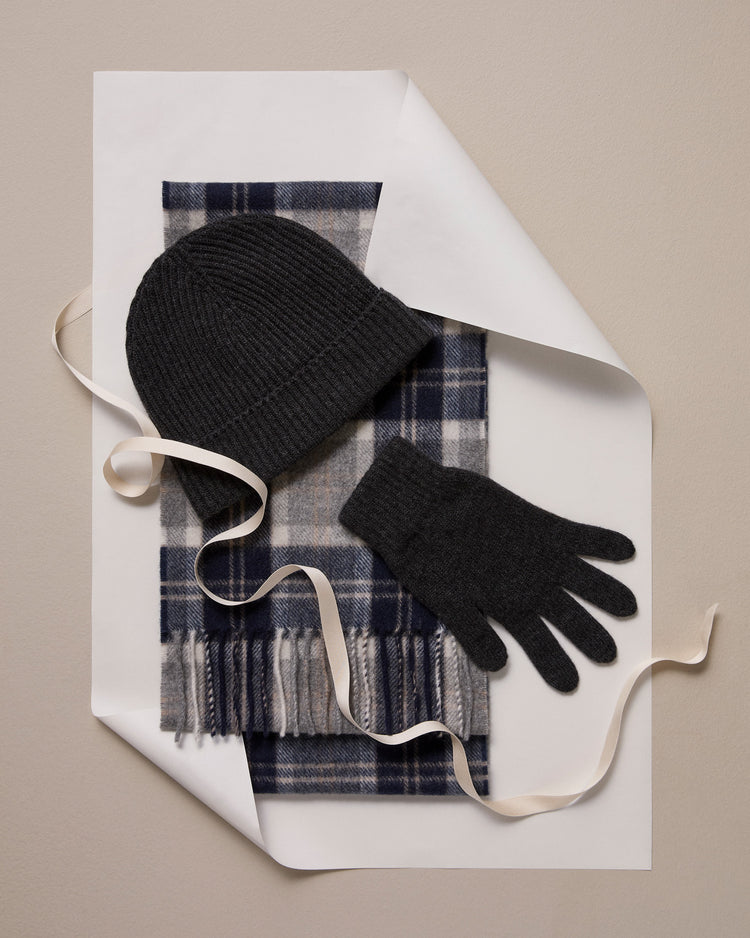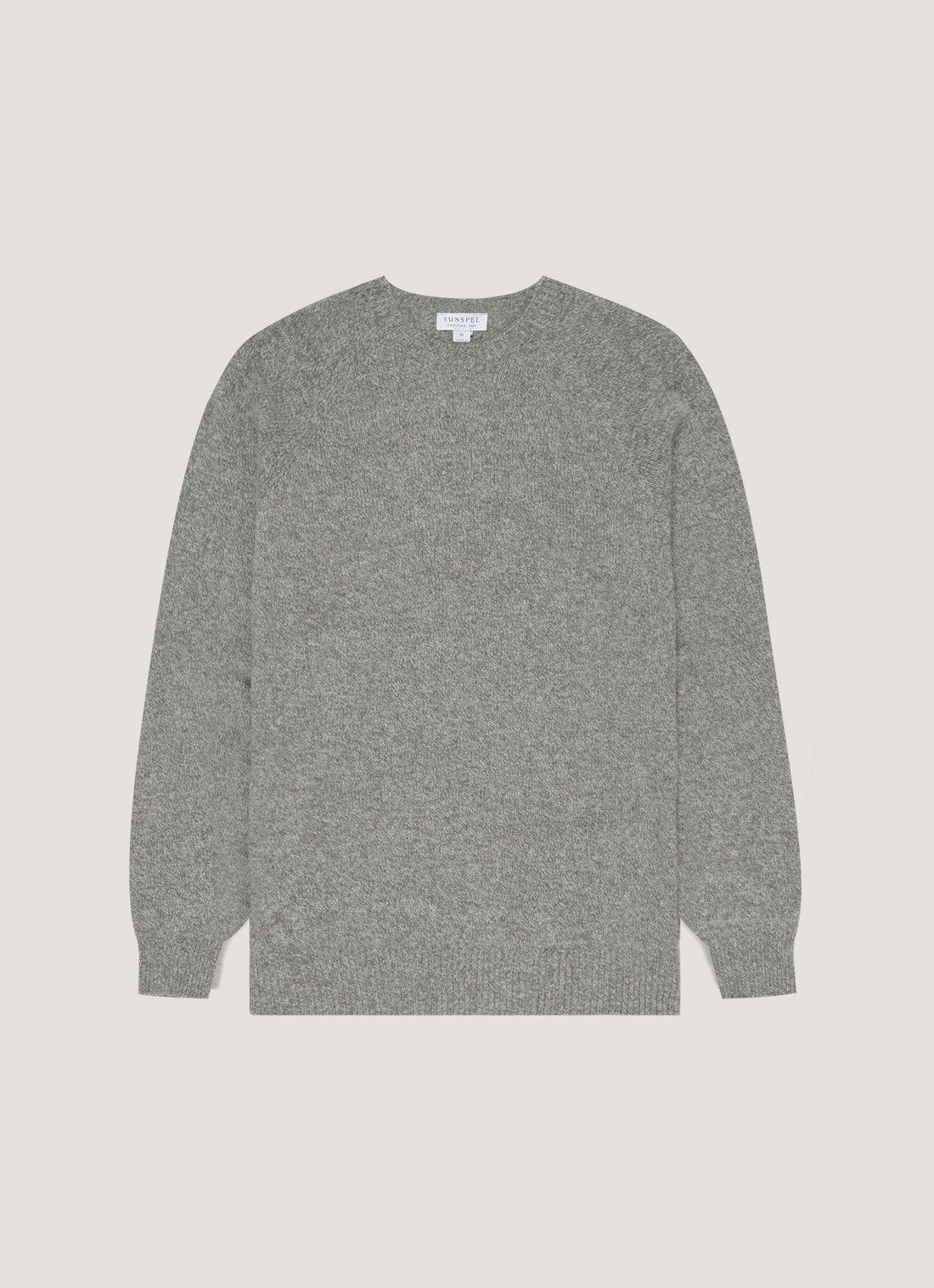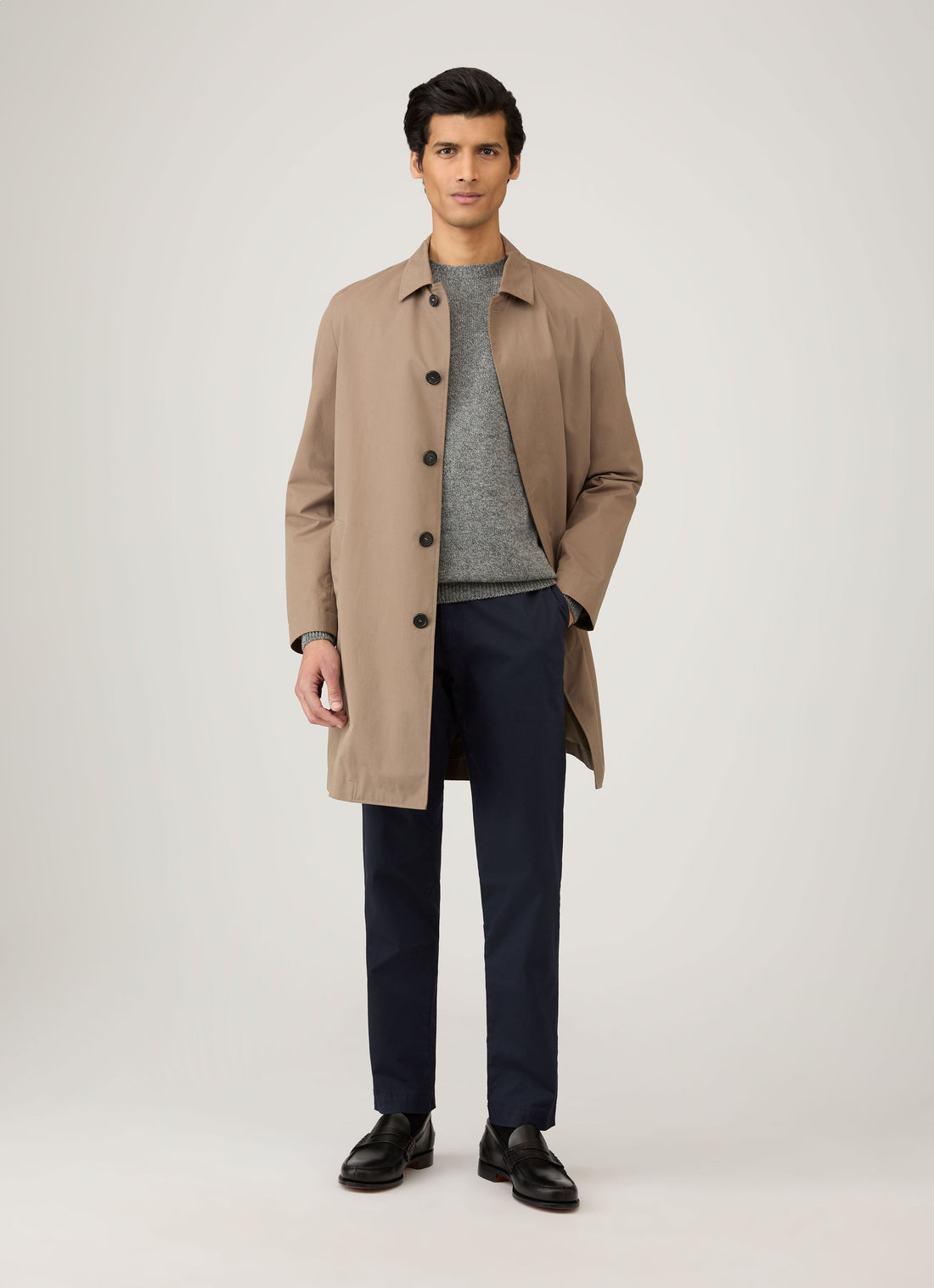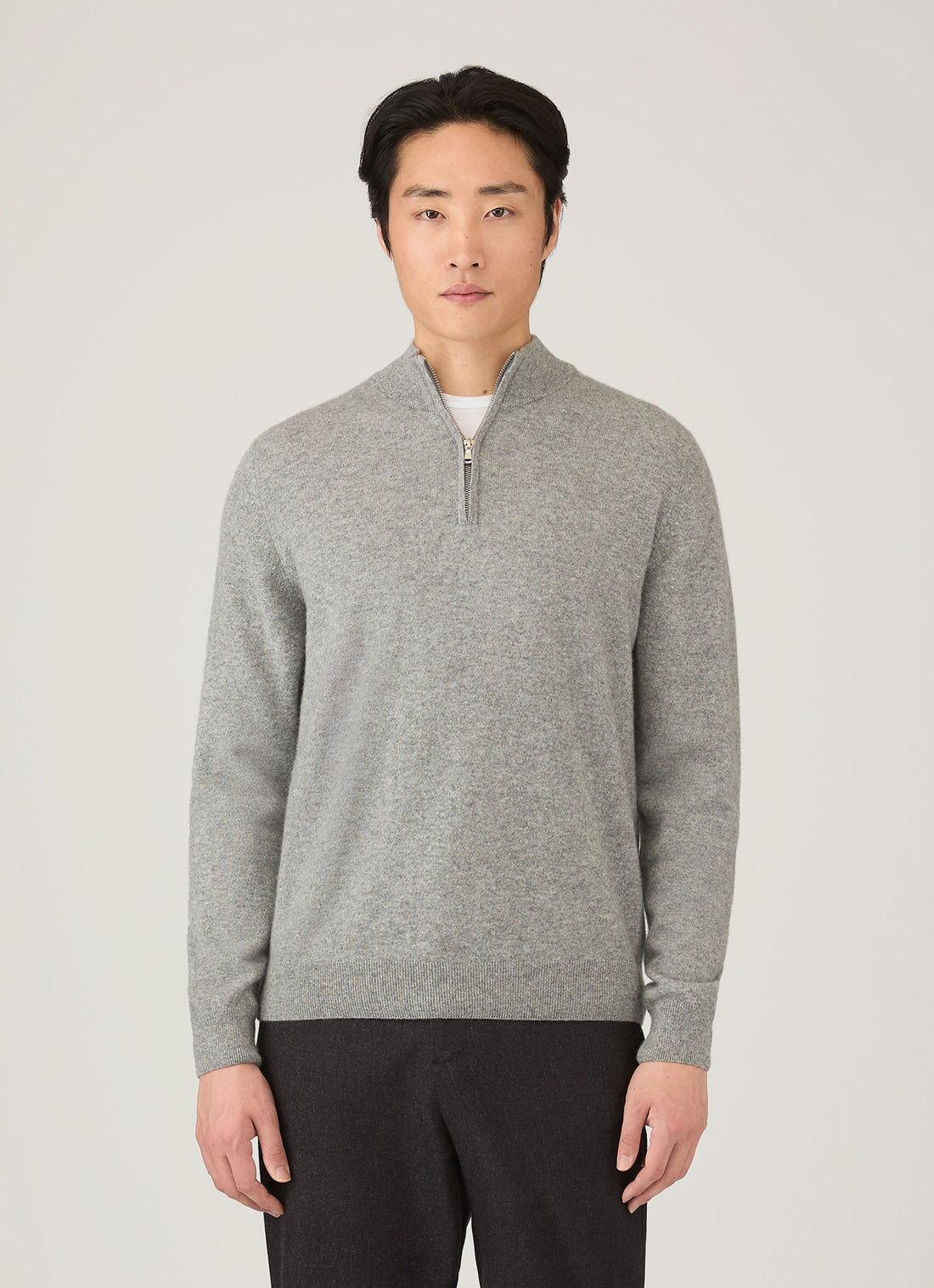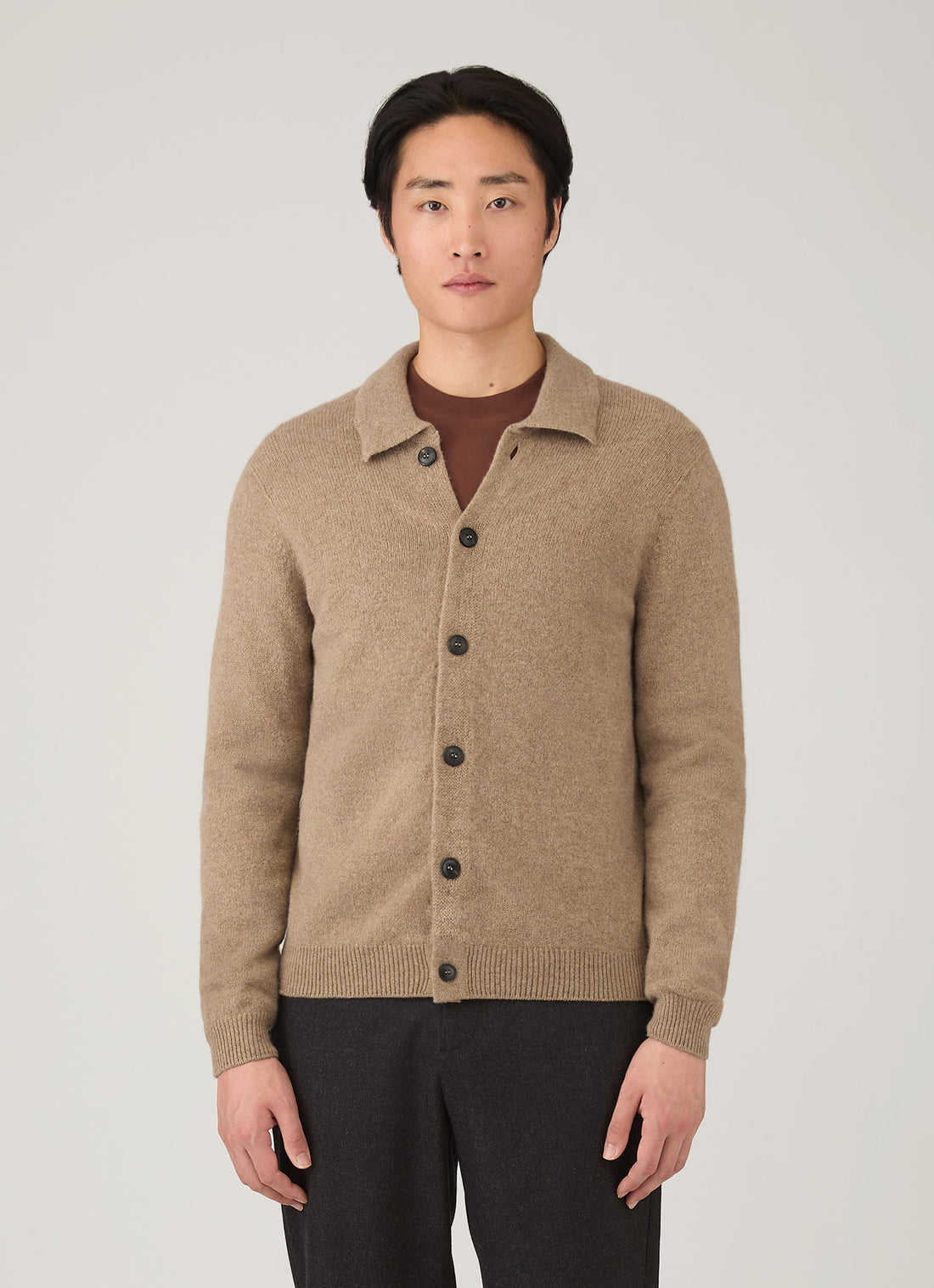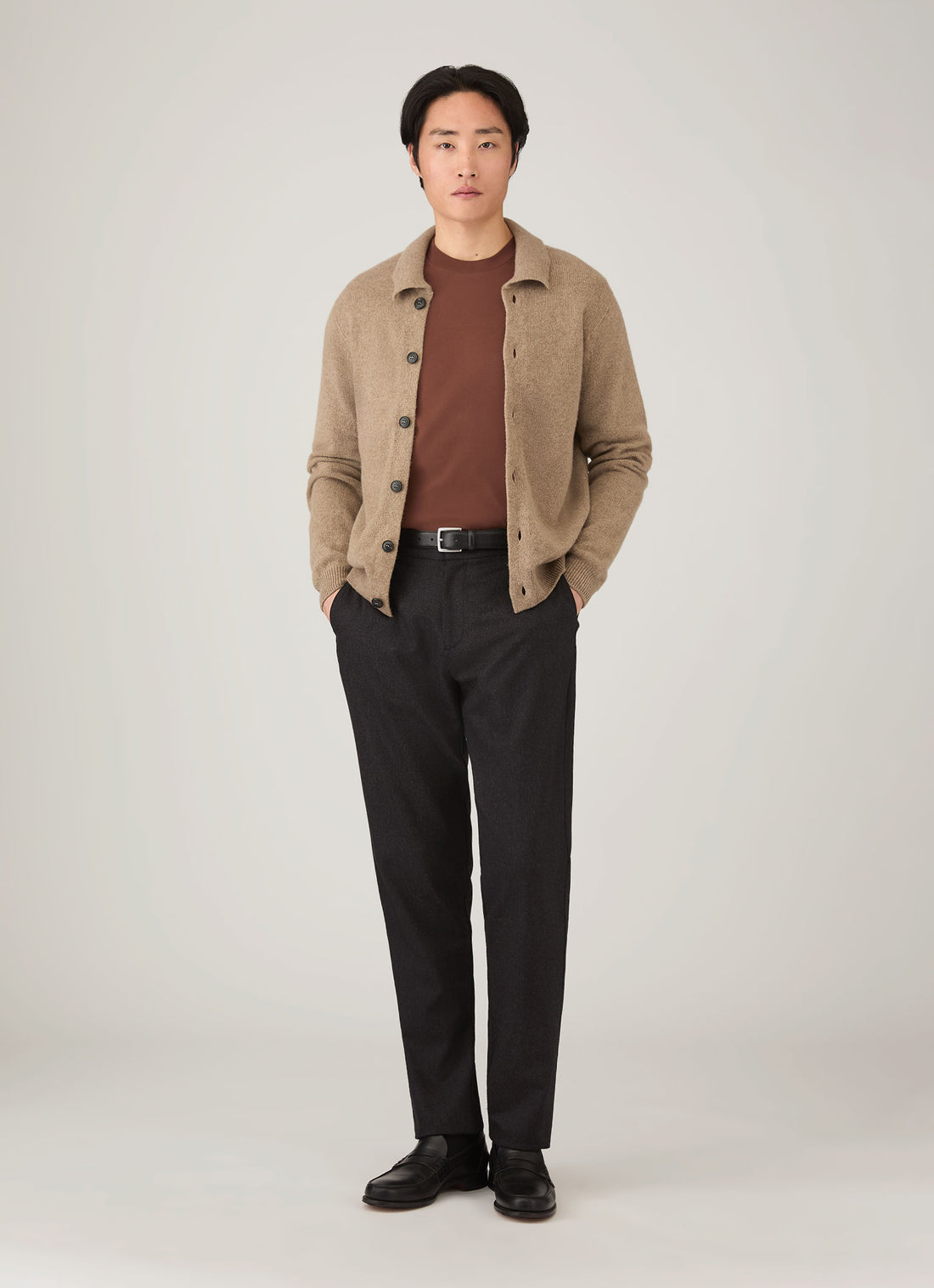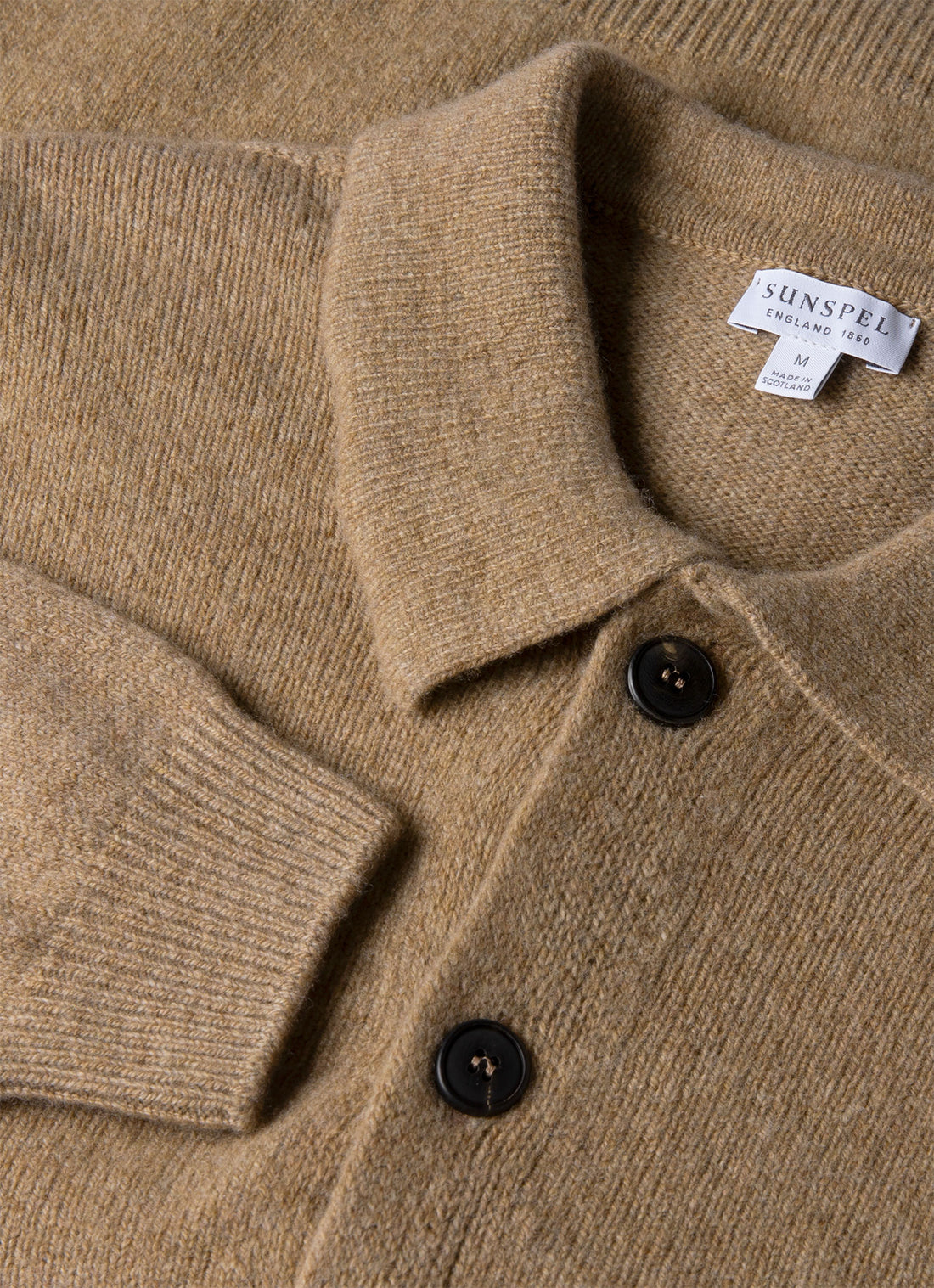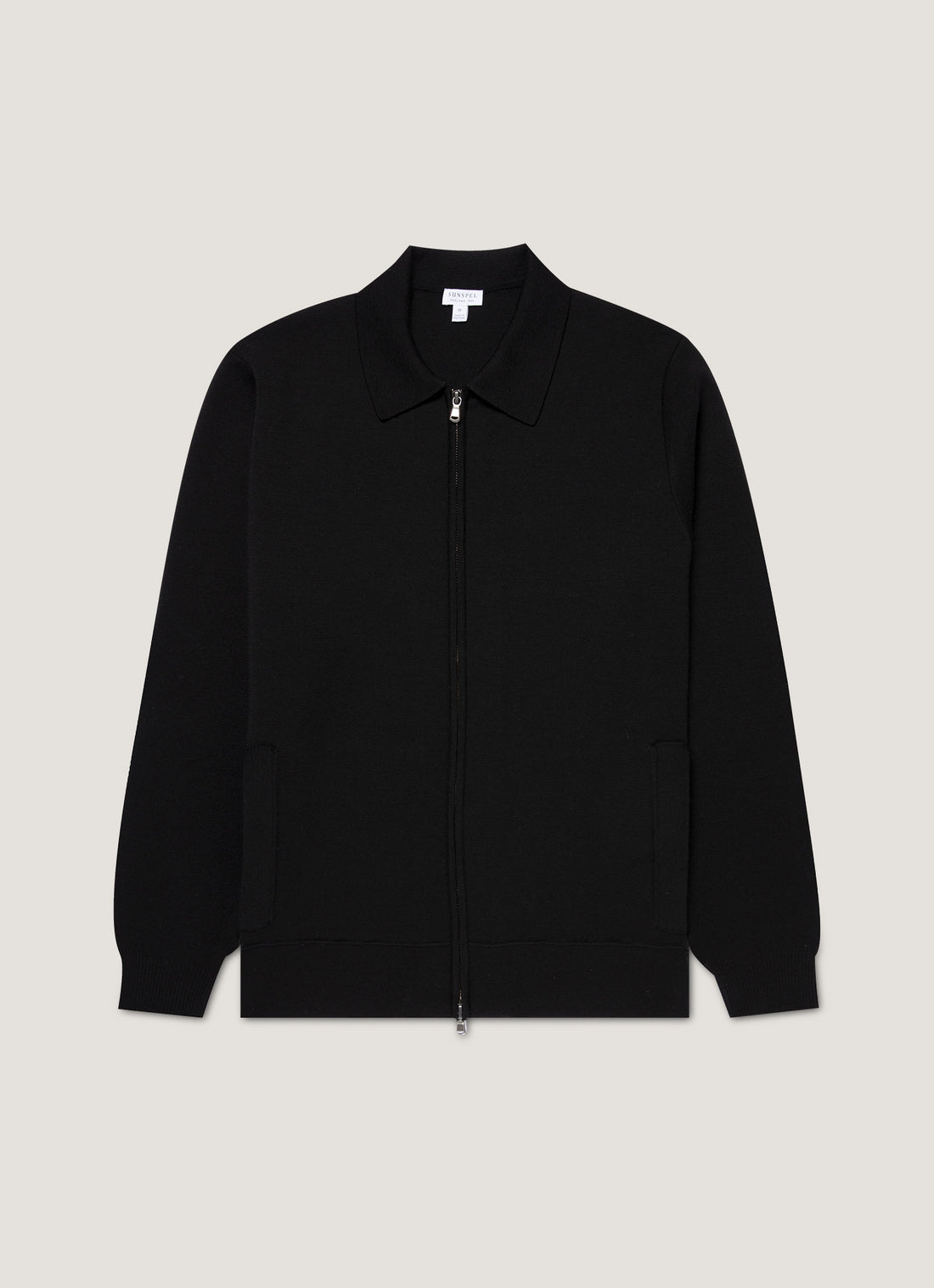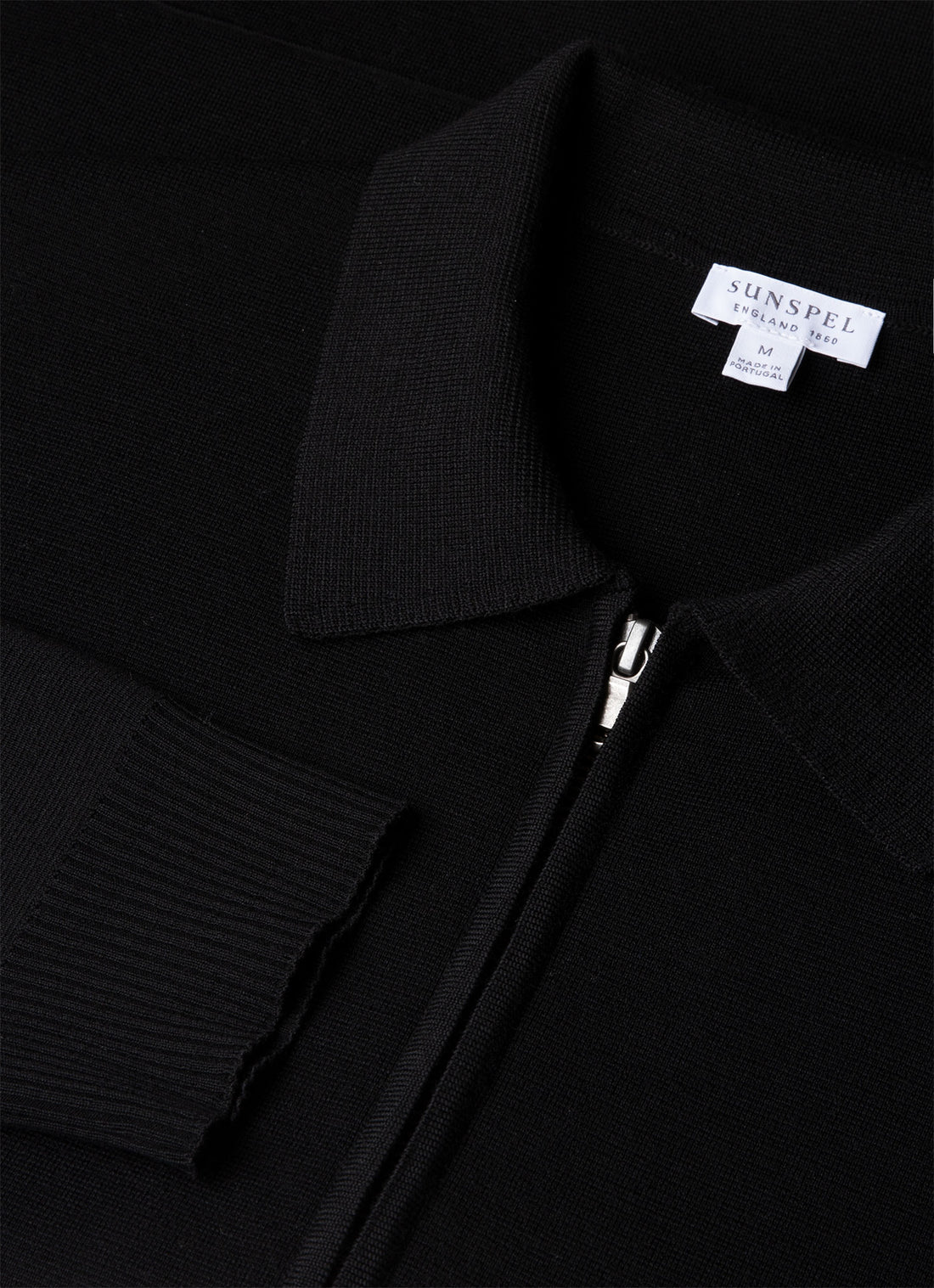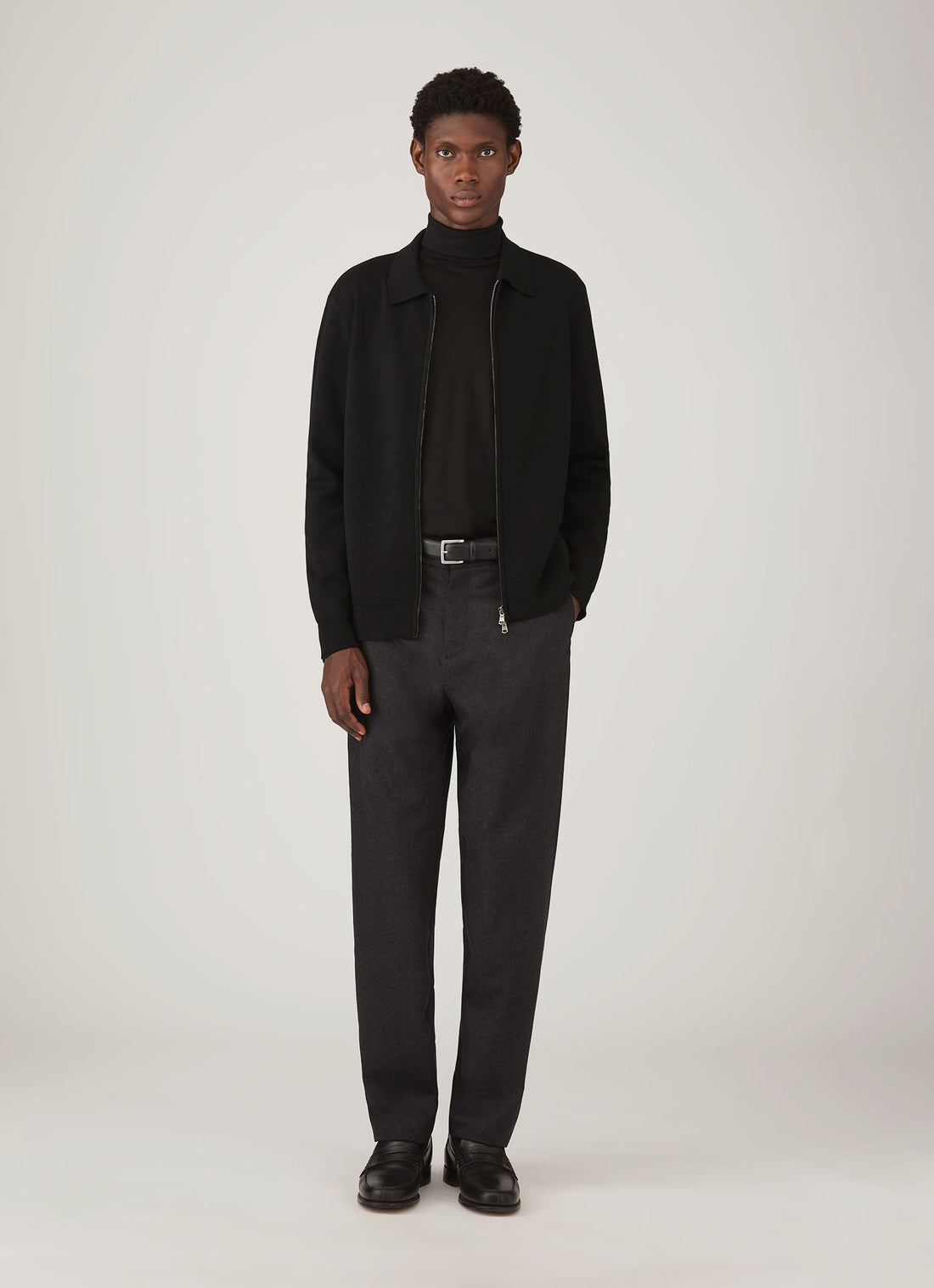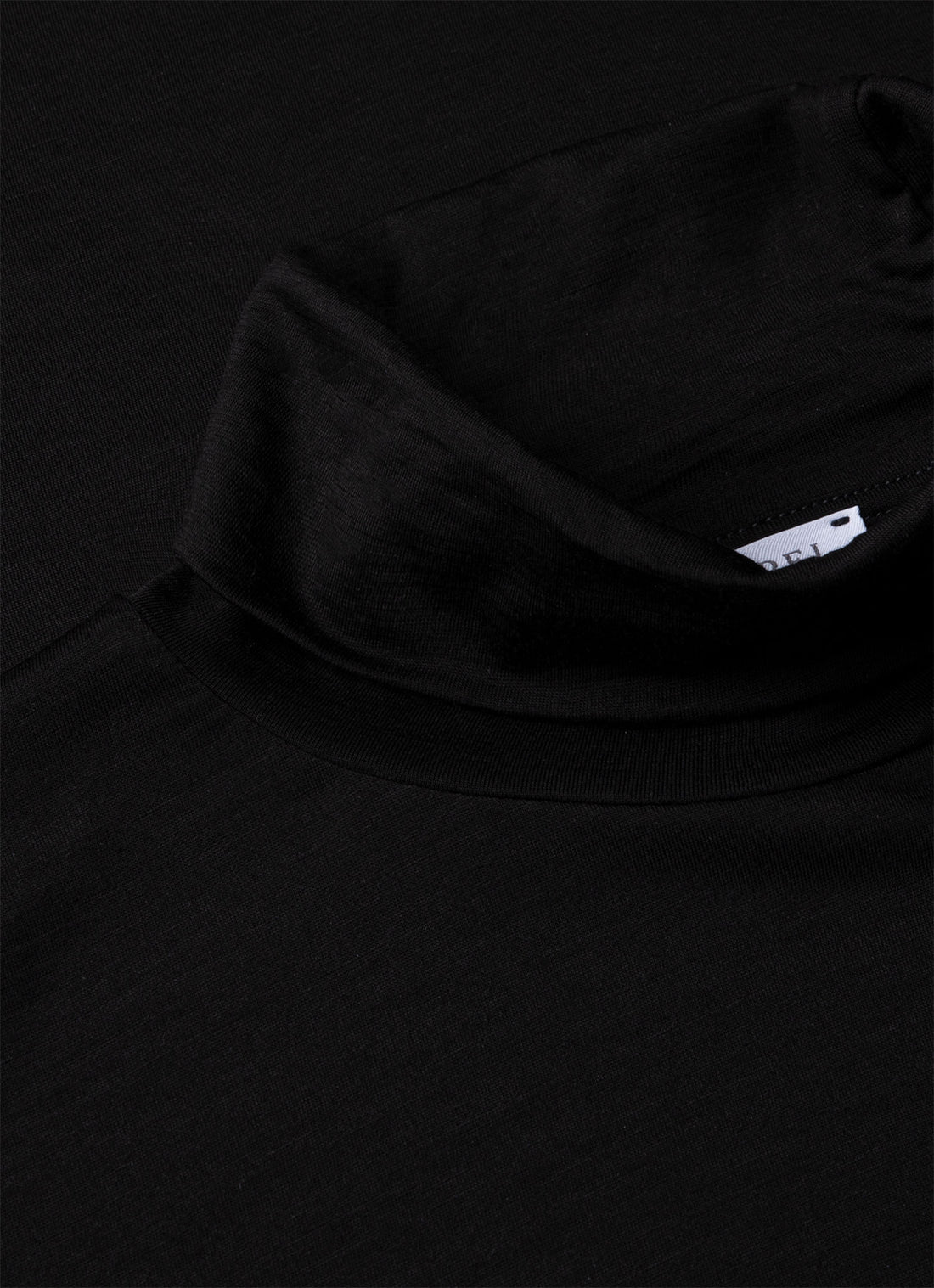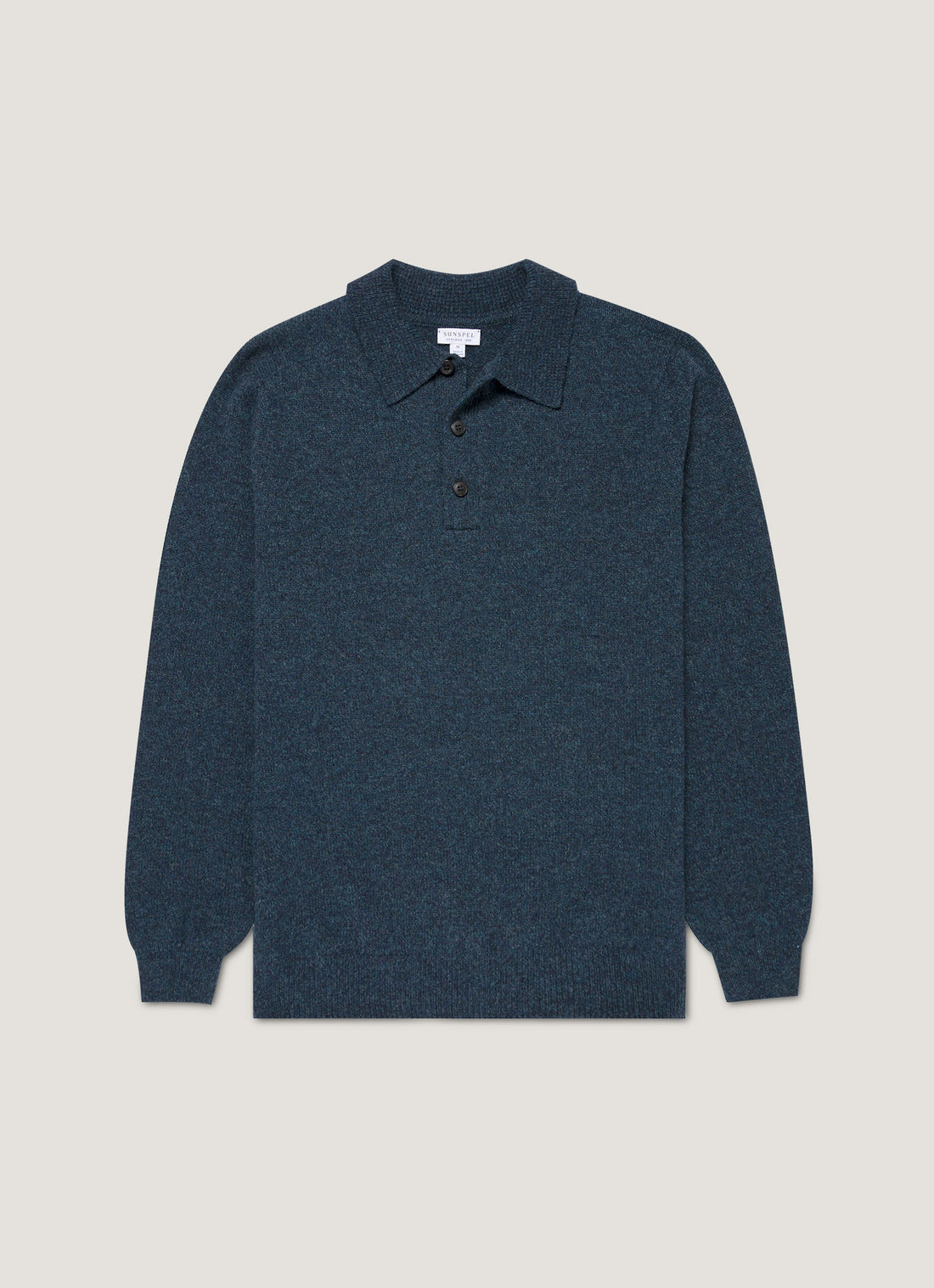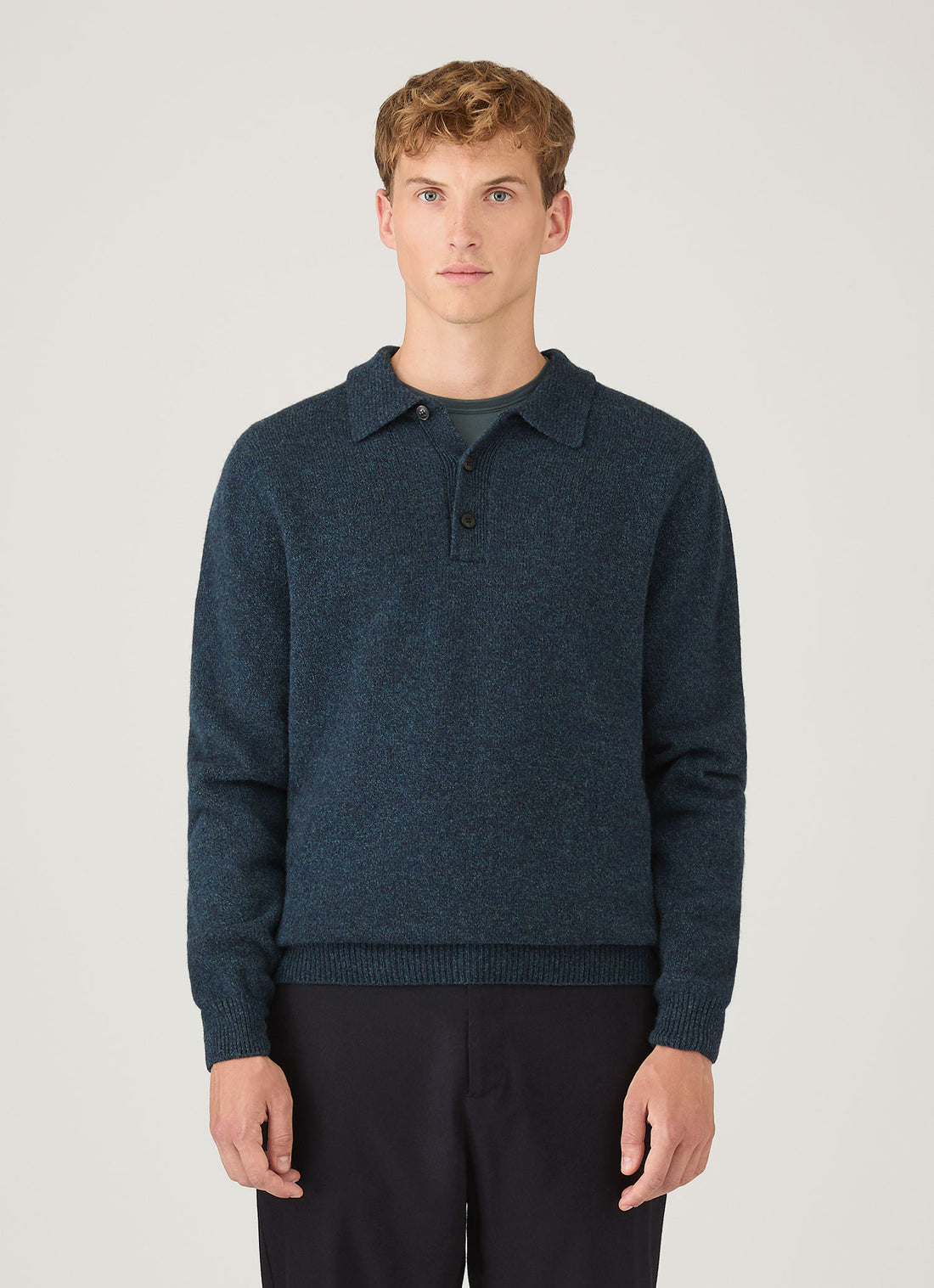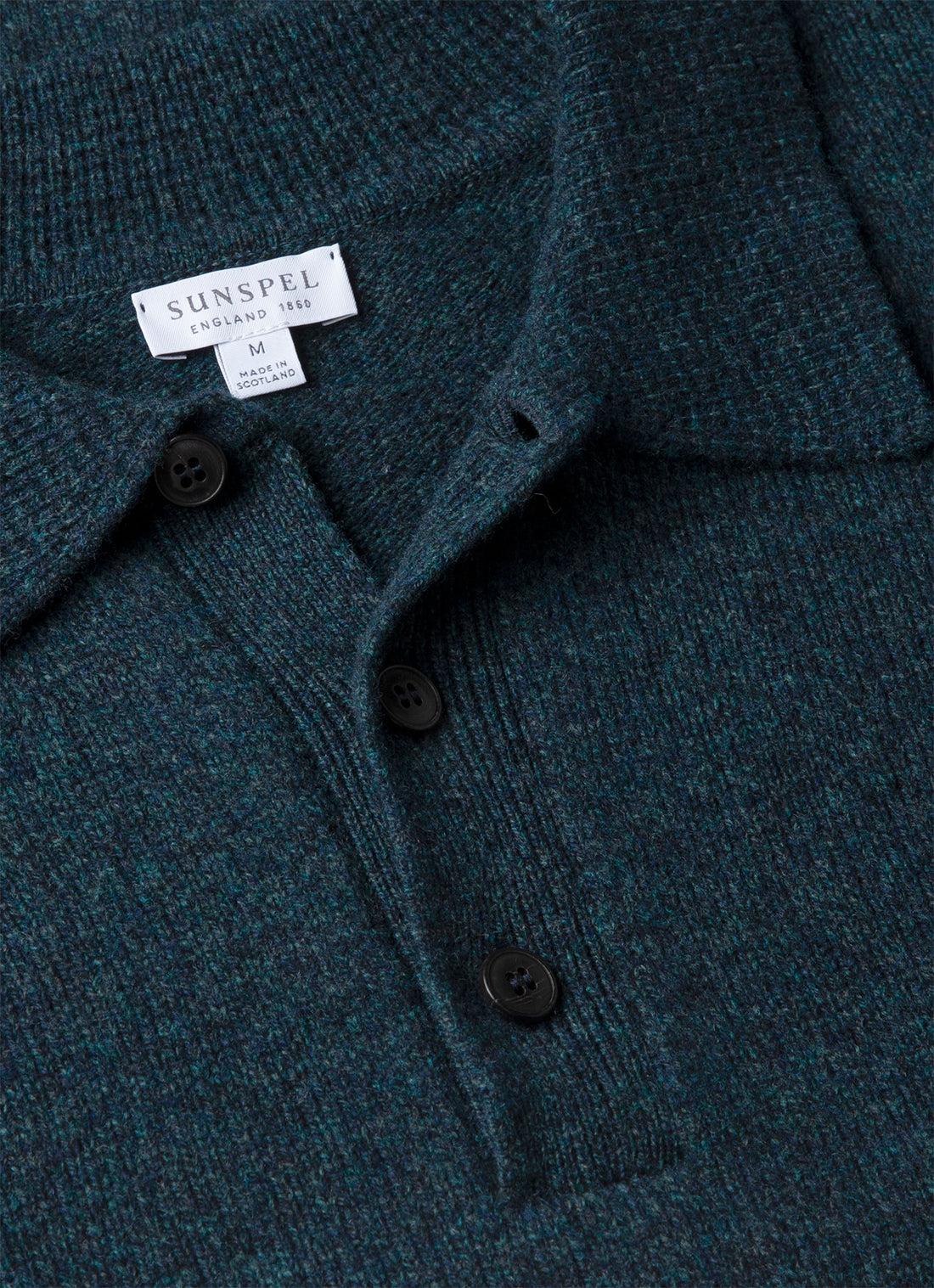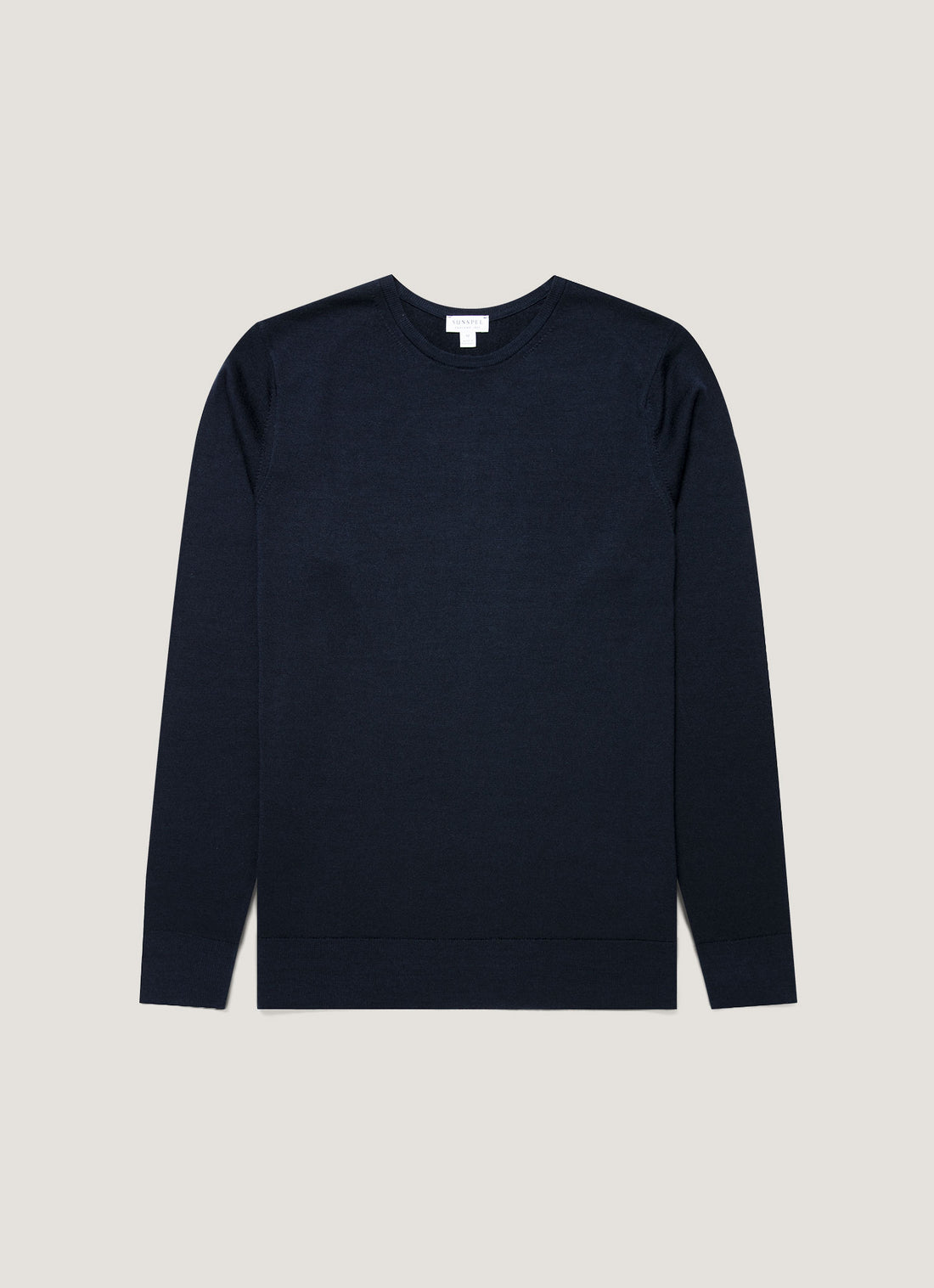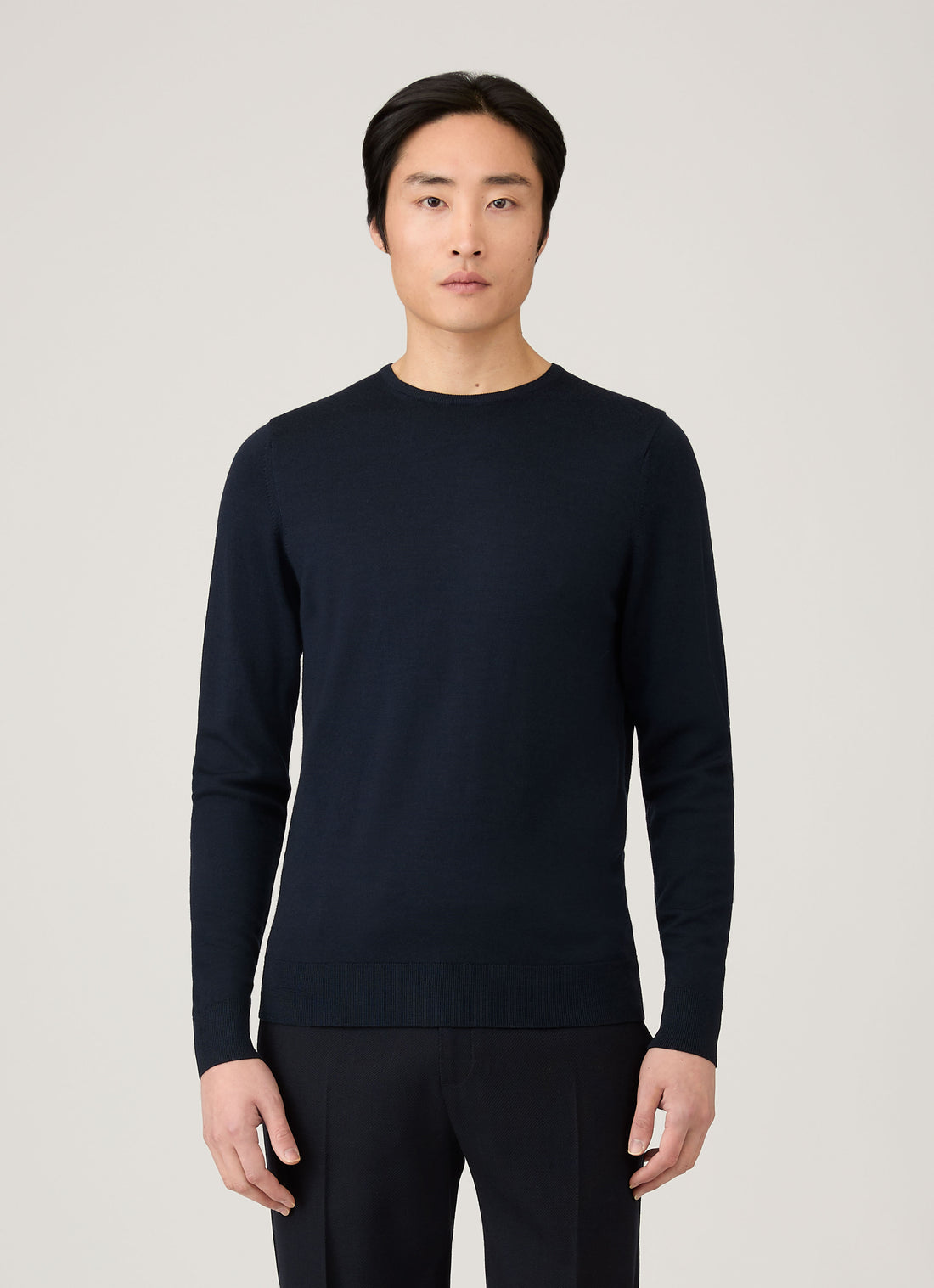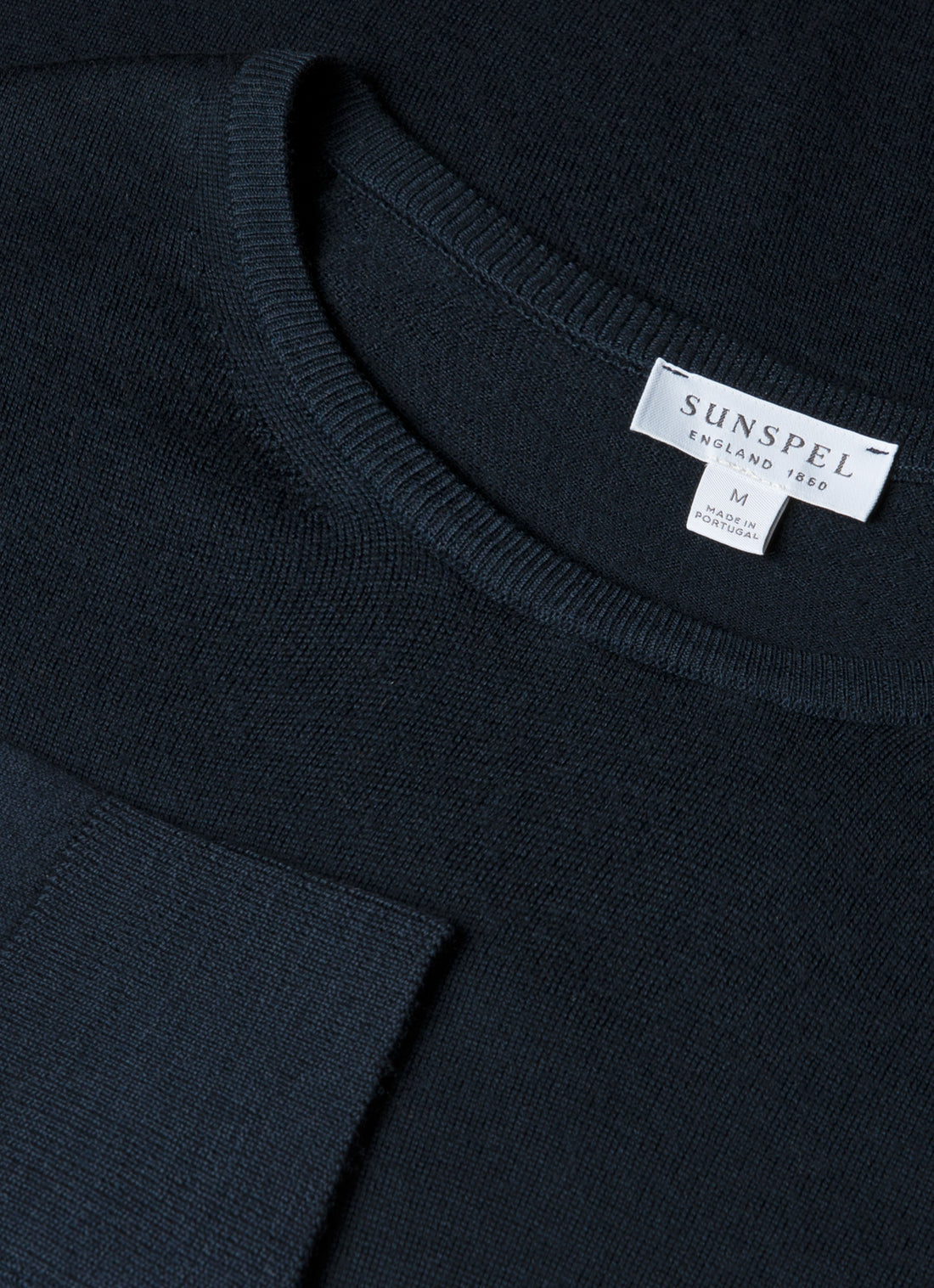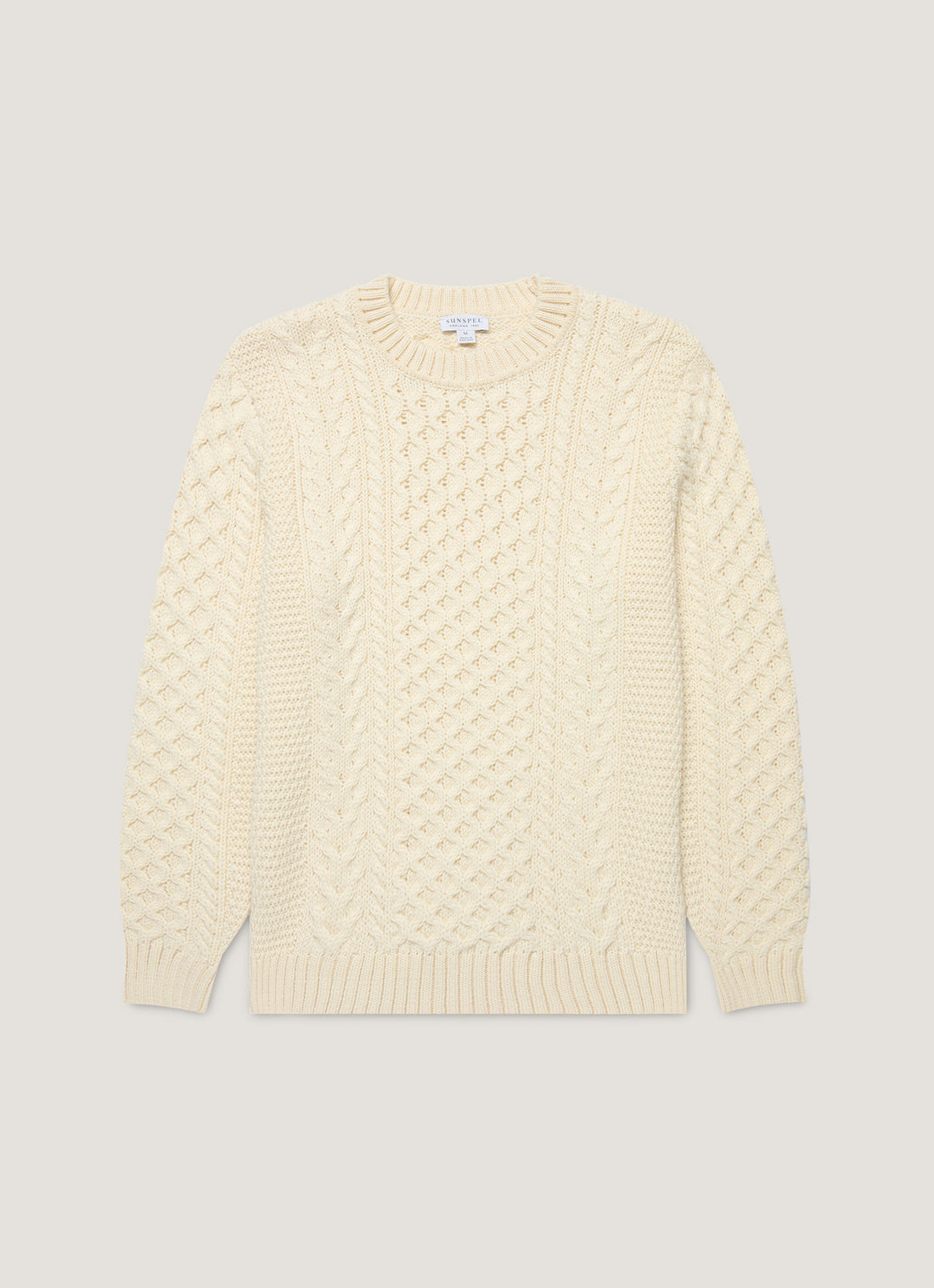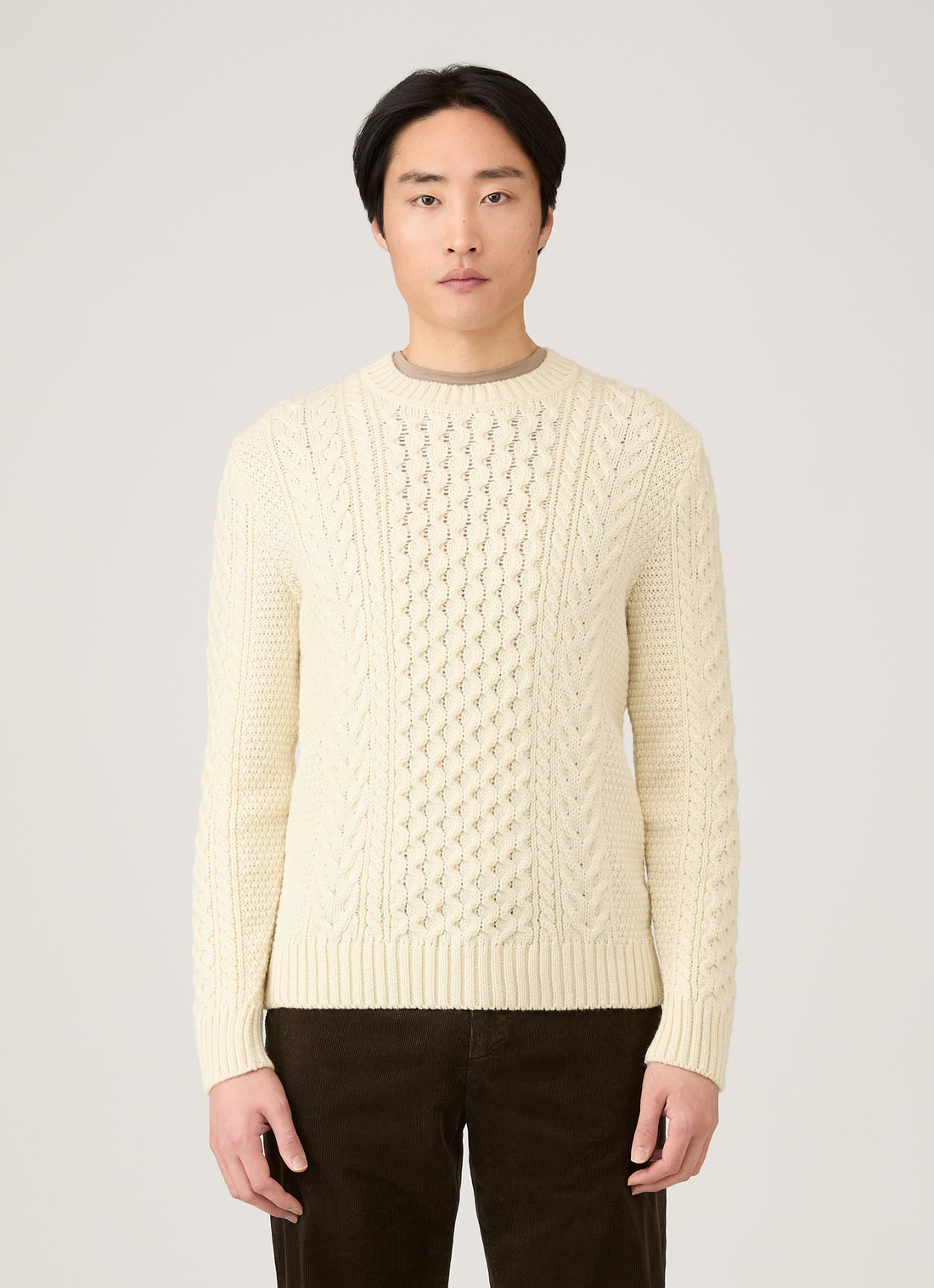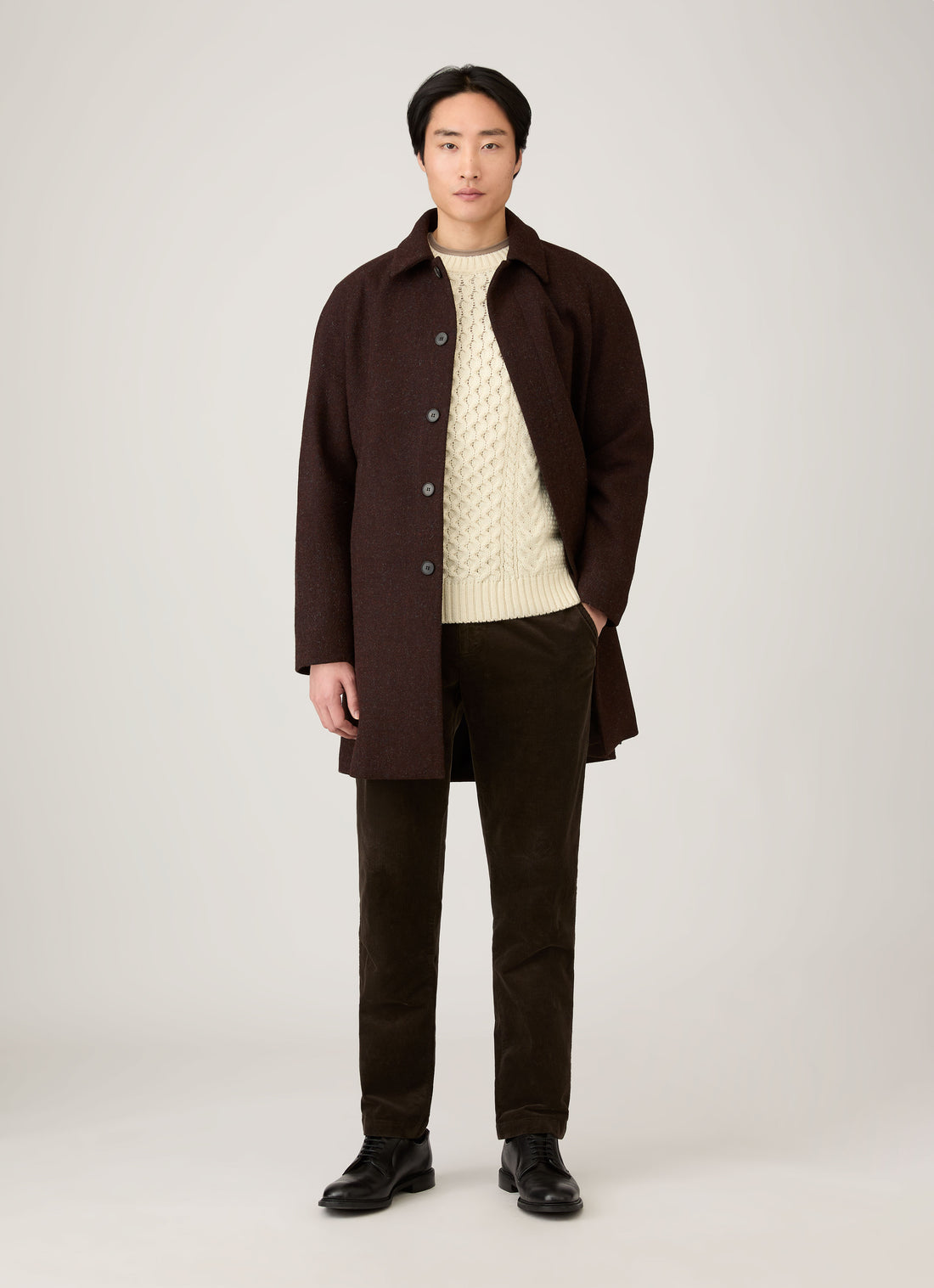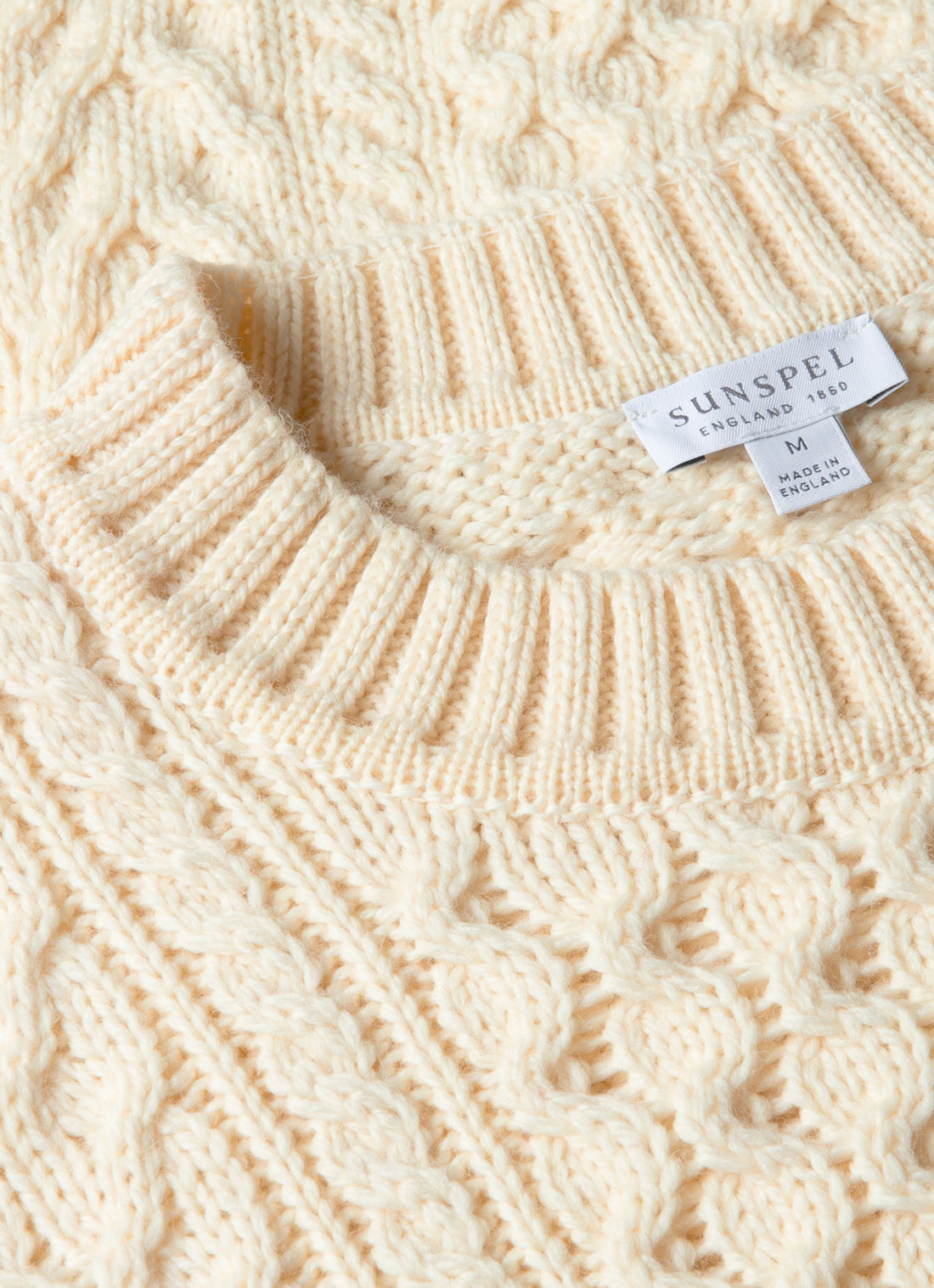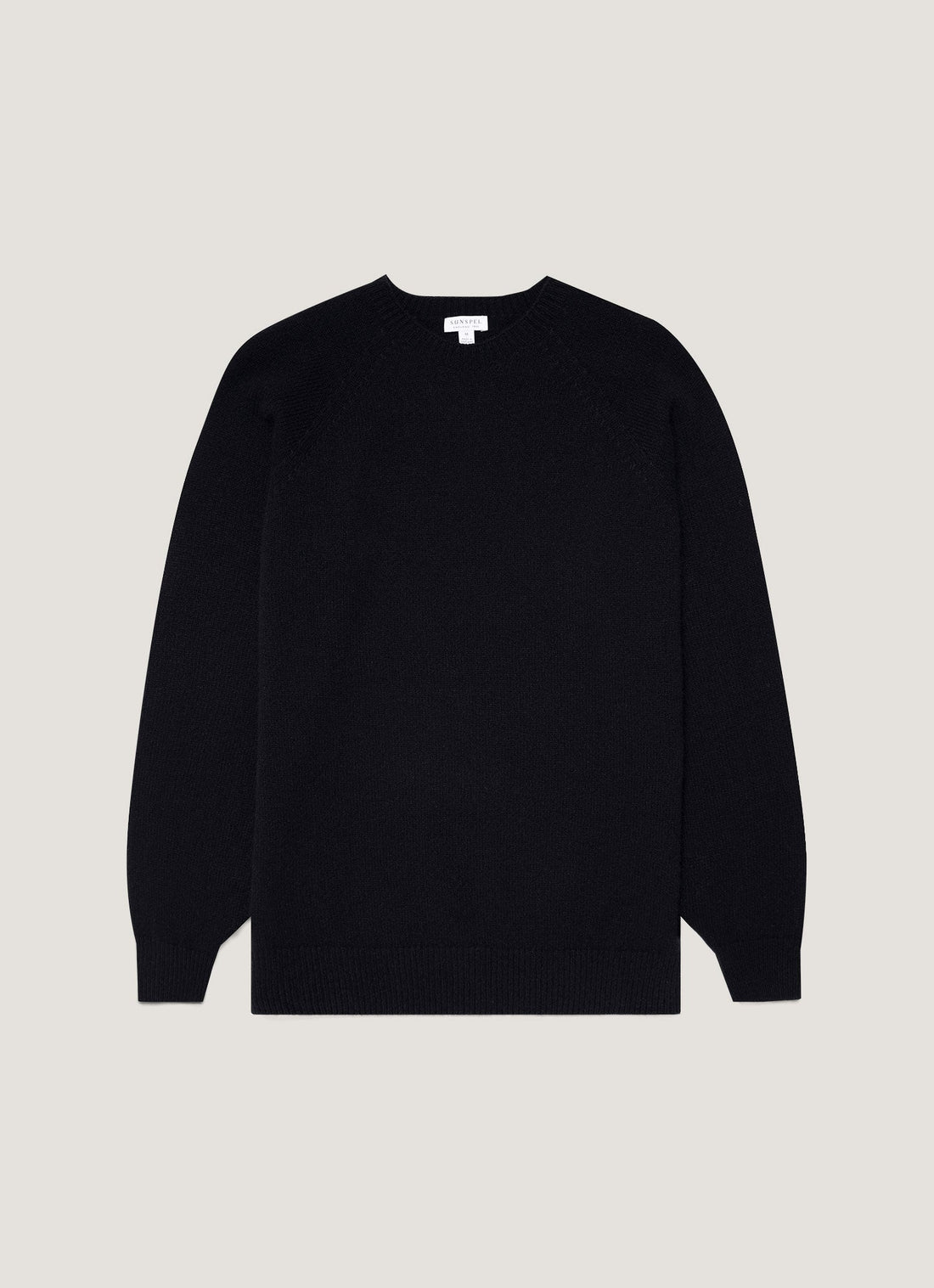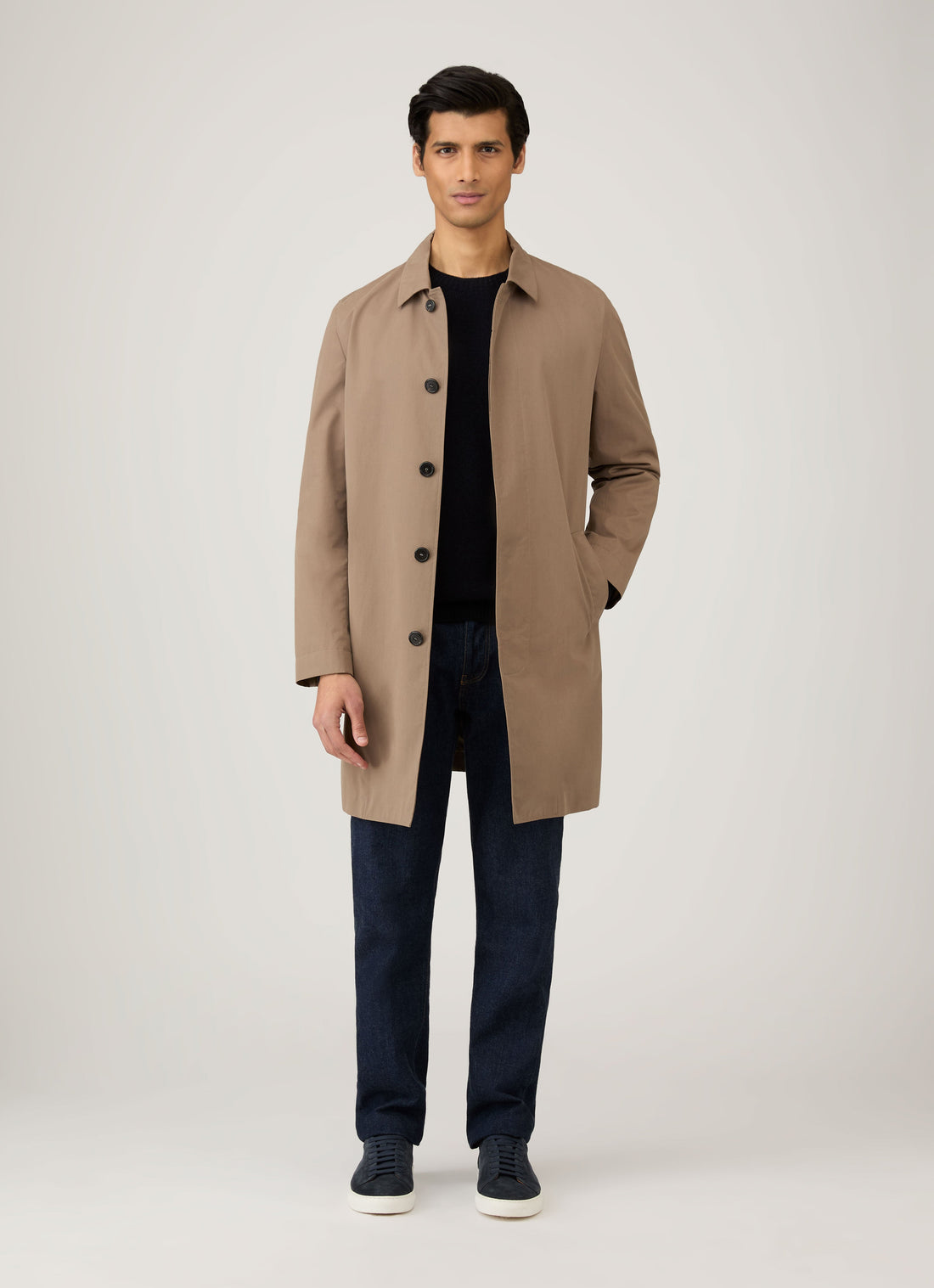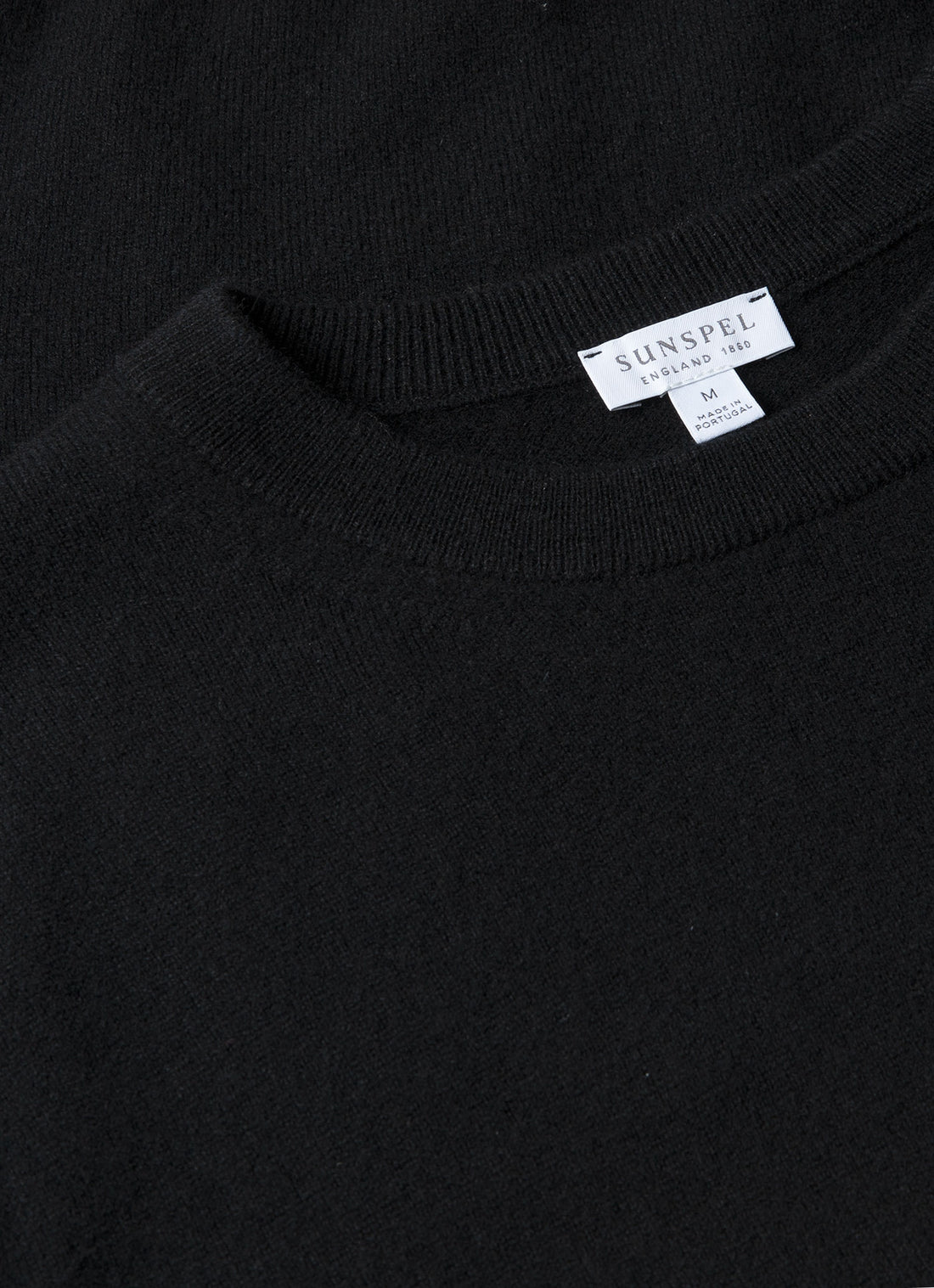The Lambswool Care Guide
Lambswool is soft, warm and exceptionally comfortable. Here’s a guide to help you look after your lambswool so that it will remain that way for years to come.
 |
What is Lambswool?
Lambswool comes from a sheep’s very first sheering which takes place at around 7 months old. At this tender age, the wool fibres are the softest they will ever be, making lambswool the finest of all sheep's wool.
The lambswool we use is the highest quality available (100% Super Geelong 19.5 micron lambswool) and we source our yarn from one of the world’s oldest spinners, Todd and Duncan, who have been spinning yarn on the banks of Loch Leven in Scotland since 1897. They ensure all their yarn is ethically farmed and non-mulesed.
Once spun, the yarn is taken to the knitters on the east coast of Scotland where the final piece is crafted. It’s then washed in pure, natural spring water which opens the fibres and makes the garment remarkably soft against the skin.
Our lambswool jumpers and cardigans are luxury pieces that if properly cared for will last for many years to come.
How to wash and dry lambswool
It’s better both for the garment and the environment to wash your lambswool only occasionally. When you do, remember to check the care label as each piece may vary.
- Always wash your lambswool by hand.
- Start by turning it inside out as this will help preserve the outside colour.
- Fill a sink or large bowl with cool water. Make sure you clean the bowl beforehand so there is no leftover residue. Add a splash of specialist wool detergent (don’t use softeners, bleach or Bio detergents), dissolve it in the water and submerge the garment.
- Gently rinse in the water before removing.
- Our lambswool can be dry-cleaned if stubborn stains cannot be removed.
- To dry, gently squeeze out any excess water.
- Lay it flat on a bath towel, roll up the towel and press on it - avoid wringing or twisting as this may misshape it.
- Then lay it out flat on a rack to dry fully, removing any folds or creases where possible.
- Do not: tumble dry; hang on a line as it may become stretched; or dry it in direct sunlight or near heat as it may cause shrinking.
Ironing
Lambswool should not need to be ironed as it is naturally wrinkle-resistant. If it is unavoidable, use the iron’s wool setting and gently steam it before lightly pressing.
Removing Pilling
Pilling is when the wool forms bobbles in areas subjected to friction. It is not a sign of bad quality but a result of the long wool fibres that make the knit. You can remove them easily by hand but it is important to avoid de-pilling precious pieces too often as this will thin the fabric over time.
How to store lambswool
Store your knitwear folded and avoid hanging it for long periods as this may stretch it. Make sure they are clean and dry when you put them away too as moisture will encourage moths. For long-term storage, use an airtight plastic bag or container and only ever use natural moth repellents. Lavender, rosemary or cedar have a nicer odour than traditional mothballs.



